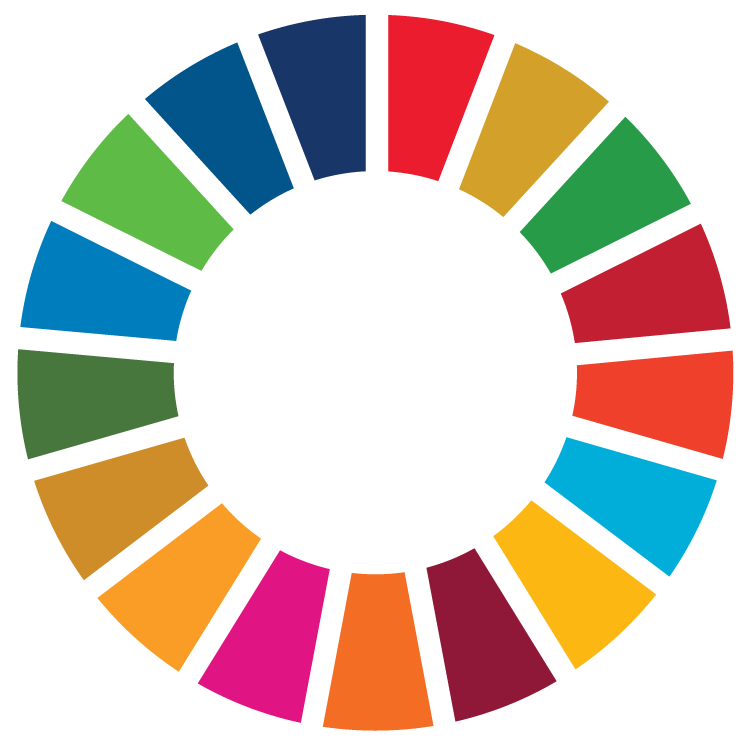The Bern Process
The so-called “Bern Process” seeks to foster dialogue, cooperation, and collaboration between biodiversity-related conventions, contributing to the effective and synergistic development and implementation of the Kunming-Montreal Global Biodiversity Framework.
Bern I
The Bern I conference was held in Bern (Switzerland) on 10-12 June 2019. The consultation was hosted by the Government of Switzerland and co-chaired by Switzerland and South Africa. It brought together more than one hundred and twenty participants, including representatives of parties to the eight global conventions represented in the Liaison Group of Biodiversity-related Conventions and the two Rio Conventions, as well as representatives and technical experts from the secretariats of relevant organizations, conventions, and other processes. During this meeting, participants discussed areas of cross-cutting importance to the conventions they were representing, possible elements that could be included in the post-2020 global biodiversity framework, and ways for other MEAs to contribute to the preparation of the framework. The outcomes of Bern I informed the co-chairs of the CBD Open-ended Working Group on the Post-2020 Global Biodiversity Framework in its first meeting (OEWG-1).
Report Bern I Consultation Workshop
Bern II
Bern II conference took place from 18 January to 2 February 2021. Due to the COVID-19 pandemic, the meeting was held online and comprised three live virtual sessions and a virtual discussion forum. The consultation was hosted by the Government of Switzerland and co-led by Cambodia and the European Union. It brought together representatives of parties and secretariats of thirteen MEAs, as well as invited observers from international organizations and non-governmental organizations. Bern II aimed to continue facilitating the engagement of other MEAs, in particular biodiversity-related conventions, in the development of the post-2020 global biodiversity framework. Discussions focused on concrete elements including common areas of work that could be included in the framework, as well as mechanisms for the monitoring and review of its implementation. Furthermore, participants identified ways through which parties and secretariats of conventions other than the CBD could contribute towards the framework's development and collaborate on its operationalization. A total of twelve informal conclusions were formulated and shared with a range of MEA advisory and governing bodies.
Following the adoption of the Kuming-Montreal Global Biodiversity Framework in December 2022, UNEP organized the ‘Workshop on Cooperation among the Biodiversity-related Conventions for the Implementation of the Kunming-Montreal Global Biodiversity Framework, in preparation for the Bern III Conference,’ (Bogis-Bossey Expert Meeting). The meeting was convened in response to intergovernmental calls to build on the Bern Process and continue to strengthen cooperation and collaboration between MEAs, including CBD COP decision 15/13. The meeting took place on 27-30 June 2023 in Bogis-Bossey (Switzerland). It was organized in collaboration with the Swiss Federal Office for the Environment. It aimed to gather advice on the aim, scope, agenda, participation, and modalities for a conference to support the Bern Process. The meeting also considered the lessons learned from the Bern I and Bern II Consultation Workshops, paving the way for the Bern III Conference. Following the recommendations from Bogis-Bossey, the ‘Bern Conference on Cooperation among the biodiversity-related conventions for the implementation of the Kunming-Montreal Global Biodiversity Framework’ took place from 23 to 25 January 2024 in Bern (Switzerland).
Since the first consultation workshop was held in 2019, the role of the Bern Process has been recognized by a number of MEA governing bodies. Through their decisions, several governing bodies have invited UNEP to build on the Bern Process and continue to strengthen cooperation and coordination among biodiversity-related conventions.
Report Bern II Consultation Workshop


